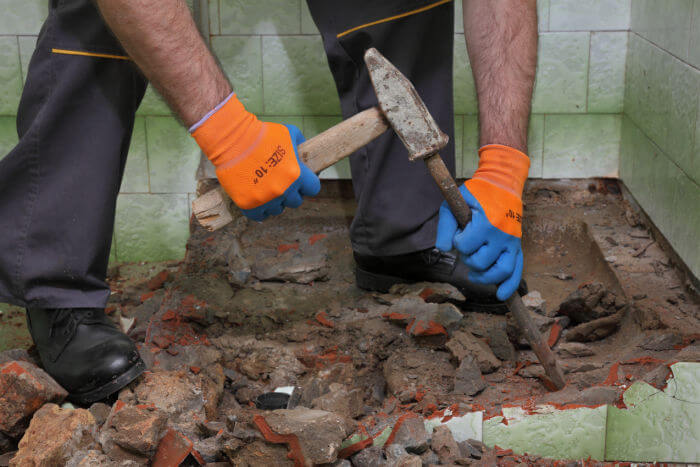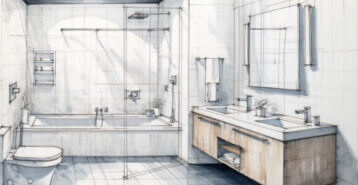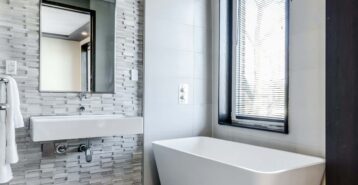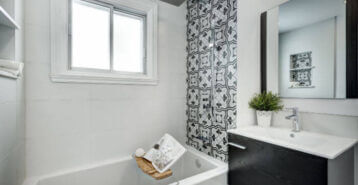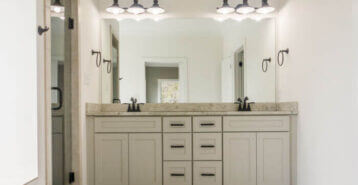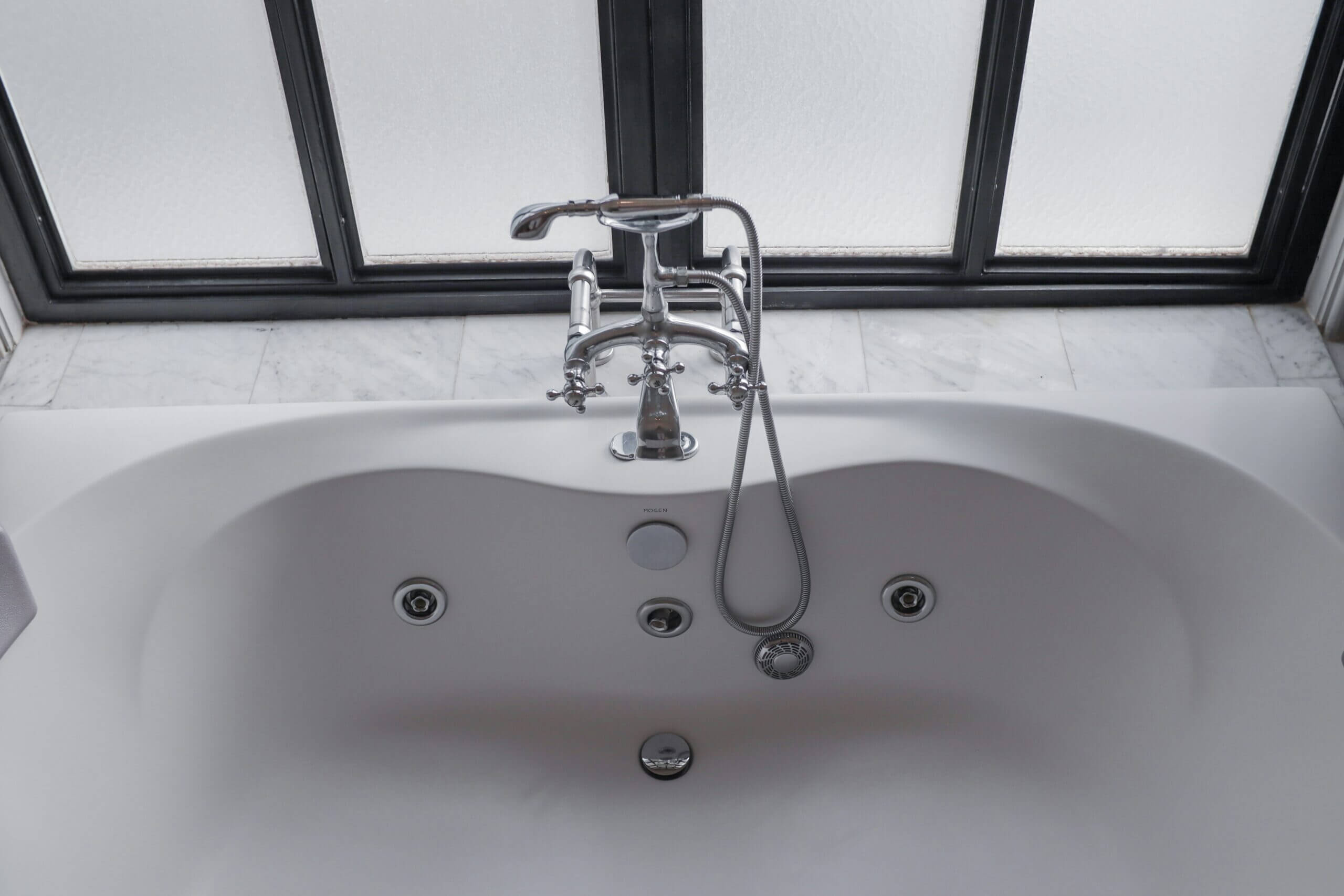Removing a Bathroom: Demolition Costs
The average cost to demo a bathroom ranges from $600 to $2,500, or around $1,450 for most homeowners. Larger or complex projects can reach up to $3,500 depending on size, accessibility, and materials. Costs vary based on the number of fixtures removed, total square footage, and local labor rates. Contractors typically charge by the hour or per square foot for demolition services.

Bathroom Demolition Cost by Fixture
- Tile Floor: $3 to $7 per square foot
- Drywall: $1 to $2 per square foot
- Walls: $1 to $2 per square foot for non-load-bearing; more for load-bearing
- Tub: $130 to $260
- Shower: $150 to $400
- Toilet: $60 to $150
- Sink or Vanity: $50 to $200
- Door: Around $50
Bathroom Demolition Price Per Square Foot
Full bathroom demolition is often priced per square foot. Expect $2 to $8 per square foot for most interior demo, with bathrooms commonly landing $4 to $10 per square foot due to tile and fixture removal. Hidden damage or specialty disposal can increase this price.
Bathroom Demolition Cost by Bathroom Type
Half Bath (Powder Room) Demolition Cost
- Average Cost Range: $400 to $900
- Typical Size: 20 to 40 square feet
Half baths are smaller and usually include only a toilet and sink. Demo work is faster and more affordable, with costs focused on removing fixtures and limited wall or flooring materials.
Primary Bathroom Demolition Cost
- Average Cost Range: $1,200 to $3,500
- Typical Size: 100 to 150+ square feet
Primary bathrooms often include double vanities, a separate tub and/or shower, and more plumbing connections. Demolition requires additional labor for disconnections, tile removal, and debris disposal, which increases the total cost.
| Bathroom Type | Typical Size | Average Cost Range |
|---|---|---|
| Half Bath | 20 to 40 square feet | $400 to $900 |
| Full Bathroom | 40 to 100 square feet | $1,000 to $1,600 |
| Primary Bathroom | 100+ square feet | $1,200 to $3,500 |
Bathroom Demolition Cost by Room Size
Bathroom size plays a major role in total demolition cost. Use this table to estimate by square footage.
| Bathroom Size | Square Footage | Average Cost Range |
|---|---|---|
| Small Bathroom | Up to 40 square feet | $600 to $1,000 |
| Medium Bathroom | 40 to 100 square feet | $1,000 to $1,600 |
| Large Bathroom | Over 100 square feet | $1,500 to $2,500+ |
What People Are Saying About Bathroom Demo Costs
We looked through online forums for actual bathroom demolition costs from homeowners and contractors. Prices vary depending on bathroom size, local labor rates, and extent of demolition (tearing walls down to just studs and removing all appliances vs. keeping old appliances and walls intact). Here are some quotes with pricing information.
Here are two examples from a Reddit thread of contractors discussing bathroom demo costs. Note the different ways you might be charged (total cost vs. hourly).
“A small bathroom full demo down to the studs, you touch no wiring, no plumbing you just cut it out I would not do less than $800.”
“$85 hr. is what I charge for demo for my guys plus travel if it is a new customer and not a referral”
In another thread, a homeowner reported paying $1,100 for demolition and hauling. “He did it in a few hours. If you have the money, definitely pay somebody. Save the time and your back.”
How to Save on Bathroom Demo Costs
- Keep the existing layout. Avoid rerouting plumbing or electrical lines.
- Reuse materials. Refinish doors, mirrors, or trim where practical.
- DIY selective removal. Safely remove easy items like towel bars and accessories.
- Compare multiple quotes. Get at least three bids from licensed contractors.
- Ask about bundled pricing. Some pros discount demo when paired with remodel work.
How to Demo a Bathroom
 Before starting demolition, understand the scope and which tasks are safe to DIY versus hiring a professional.
Before starting demolition, understand the scope and which tasks are safe to DIY versus hiring a professional.
DIY vs. Professional: Homeowners can remove smaller items such as mirrors, vanities, or toilets. Pros should handle plumbing lines, electrical wiring, and structural wall removal.
Steps Pros Typically Take:
- Shut off water and power.
- Protect floors and nearby areas from dust.
- Remove fixtures, tile, and drywall in sequence.
- Dispose of debris safely and prepare the space for remodel work.
What Else to Know About Bathroom Demolition
- You may need permits for large or structural work. See the FAQ section below for more information.
- Hidden water or mold damage can increase costs, and bathrooms are a common area for water damage.
- Disposal fees and haul-away may not be included. Ask your contractor if they can include them in the quote.
Next Steps
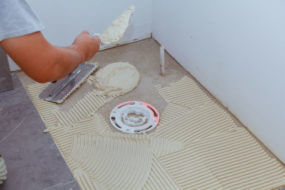 To recap, here’s what you can expect to pay for bathroom demo:
To recap, here’s what you can expect to pay for bathroom demo:
- Average Cost Range: $600 to $2,500
- National Average Cost: $1,450
Ready to start your bathroom remodel project? Modernize can connect you to pre-vetted bathroom contractors in your area. Tap the button below to get started.
